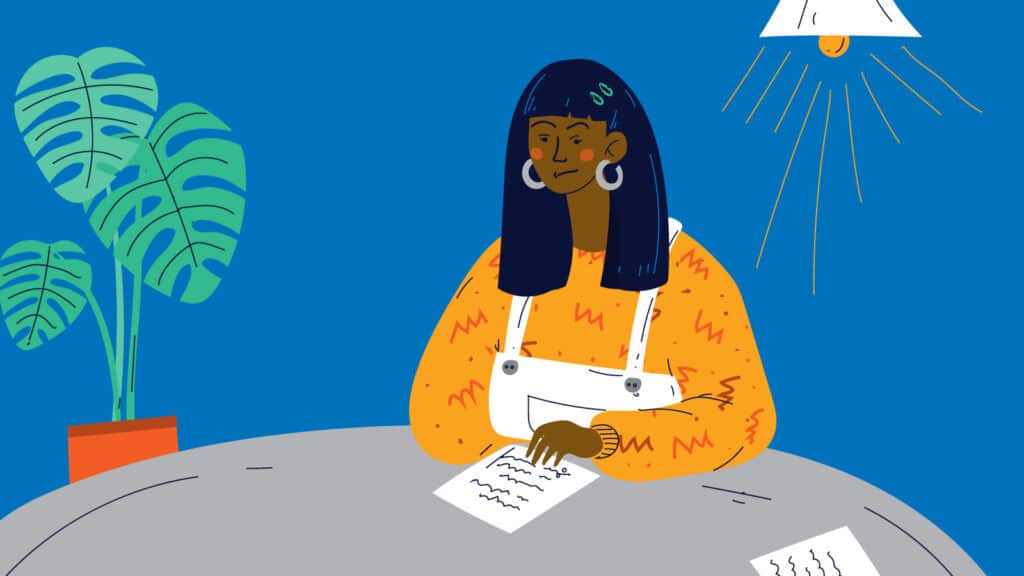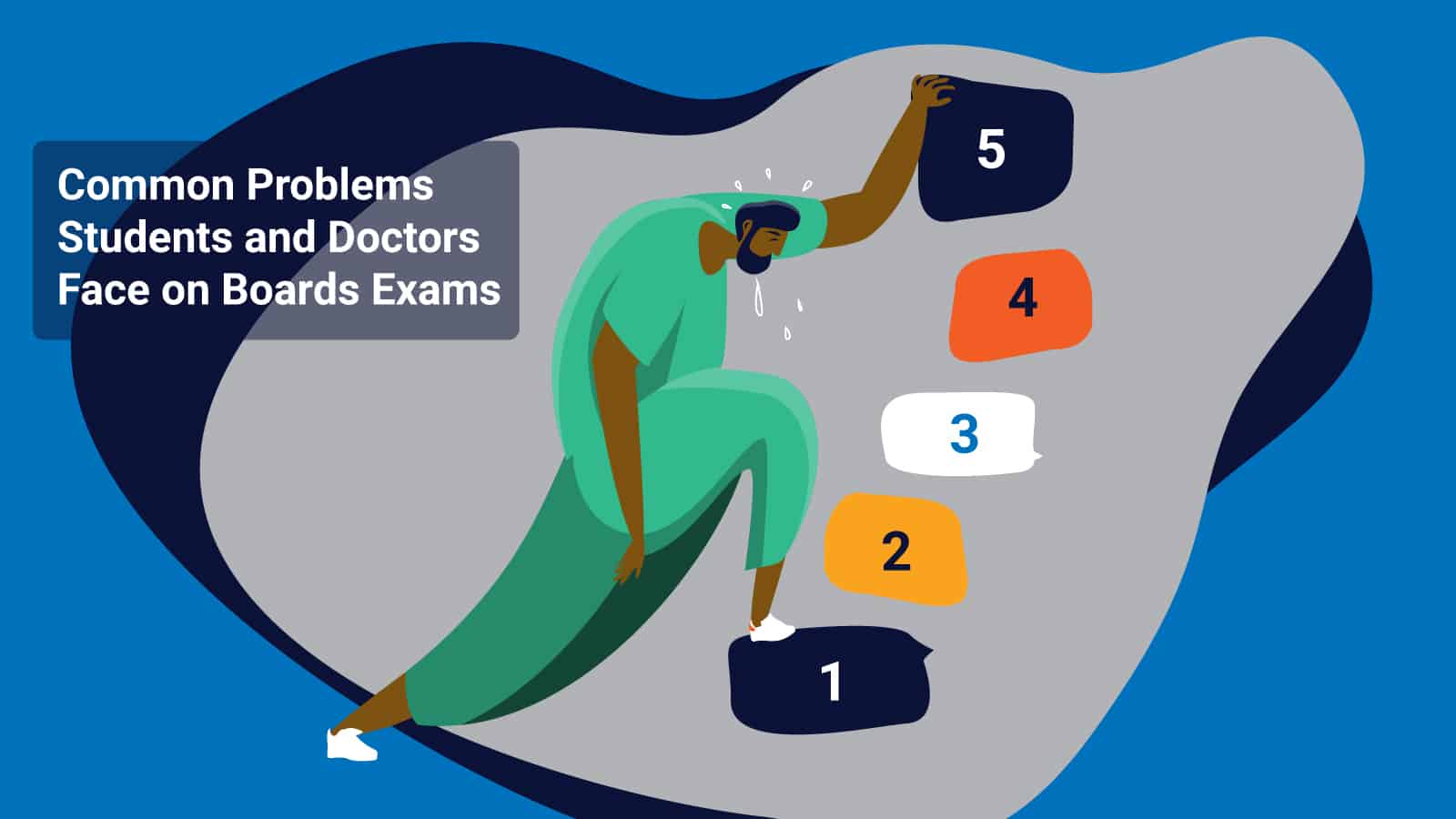We help you identify and untangle the 5 most common problems students and doctors face when taking medical boards
A lot rides on your medical boards exams. Years of studying and hard work seem to all converge into this high-stakes test. And re-certification is no picnic either. It’s a lot of pressure. And it’s only intensified if you’re a “bad test-taker.” But bad test-taking doesn’t make you a bad physician. And it doesn’t need to spell the end of your career.
First, how do you know if you’re a bad test-taker? One common signal is when you realize that you could have gotten a missed question right after reading the answer and explanation. Now, if you read the answer and don’t have that “aha” moment, it might not be your test-taking skills. You might not be studying effectively, which is another problem altogether.
At STATMed Learning, we work with you to identify — and fix — your bad test-taking habits and minimize those missed opportunities. If any of these 5 common problems sound like you, we can help.
5 Ways Students and Doctors Struggle with Medical Boards Exams
Working Memory Overload
Working Memory is a component of your short-term memory. Also considered your “mental chalkboard,” this is where we solve problems. Your working memory can “fill up” when reading a boards-style question because there’s so much information to sift through. Once the working memory is full, new data overwrites old data. Unlike when your phone storage fills up, your brain doesn’t notify you when you’re out of bandwidth. This leads to old, but essential data being rewritten. This can cause the loss of crucial clues that make wrong answers feel right. To adjust for this, we help you “install” a system that limits the burden on working memory.
Learn more about our theory on how working memory can impact test scores.
Flawed Reading Sequence
Methodology matters, especially for a bad test-taker. Your individual approach to how you read and work through board exam questions is your “interface.” There’s no single right way to work through boards-style questions, although we want to minimize the burden on your working memory. If you find yourself struggling with getting the correct answer, there may be some tweaks you can make to optimize your process. First, you need to assess your current system. Where do you start? How do you navigate from there? What do you do with the answer options?
To make the most of this process, always start by reading the prompt —the last sentence that states the precise question being asked. Then, read the passage, keeping the prompt in mind, and identify three key clues from the passage itself. Finally, read each option one by one and compare it to the specific question asked in the prompt.
Learn our step-by-step process for processing board exam questions.
Binary Mentality
If you believe you need to know everything to get the question right and are basically fine when solving less-robust first-order MCQs, you have fallen into the “Binary Test-Taking Mentality.” This can become damaging on the second and third order medical board exam questions.
If this is where you struggle, our goal is to shift to a “Partial Knowledge Test-Taking Mentality.” With this shift, we learn to use the parts of what we know, while avoiding the prediction trap and rule-in trap. We help you embrace using the components of what you know to rule out wrong options and choose the safest from the remaining answers.

Abusing the Prompt
We’ve already touched on the strategy of reading the prompt first, but we’ll dig a little deeper into the best ways to do that. The prompt is typically the last sentence in a clinical vignette and explicitly states the precise question being asked. It’s also the most critical sentence in any question. While you’re working through a problem, refresh your memory, and check the prompt. If you’re already doing that and still find getting the correct answer is a struggle, you may be experiencing inaccurate retention issues. This can manifest through forgetting the prompt almost immediately, reducing the prompt to its most basic elements, or mutating it into something completely new.
Twisting Key Clues
When going through boards-style questions, you’re asked to call upon the knowledge you already have and use that information, along with the data supplied in the question, to reach the correct answer. You can — and should — infer or draw logical conclusions from the clues presented. Too often, bad test-takers twist the information instead. Twisting the information can look like drawing illogical conclusions, and usually requires inserting or deleting words, ideas, or concepts.
To help fix this problem, be on the lookout for thought patterns that lead to adding information and thus twisting, like when you use phrases like “what if” or “but maybe.” These phrases indicate you are getting ready to add hypothetical information that leads to twists.
For example, let’s say a patient presents with a rash; he reports he went on a trip with some friends a week ago, and now he and another companion have this same rash. It is logical to infer this means the source of the rash is something acquired. It is a twist to say, “What if they were camping” since not all trips are camping trips and no other clues support camping.
Therefore, only draw conclusions that are universally applicable to the clues presented in the passage to avoid twisting.
If any — or all — of these problems sound familiar, we can help. Check out our STATMed Boards Workshop to learn more.
